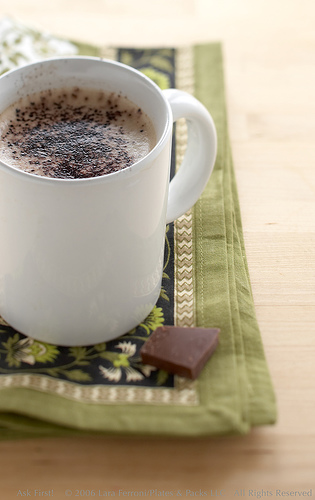Core training remains a cornerstone of fitness programs for various individuals, from those seeking pain relief to athletes aiming for peak performance, and everyone in between. The core, encompassing the muscles of the trunk that stabilize and support the spine, plays a vital role in overall movement and injury prevention. However, core training often conjures up images of specific exercises like crunches on a stability ball, rollouts, or planks. While these exercises have their place, a more comprehensive approach to core training exists that extends beyond traditional drills.
Moving Beyond Isolated Core Exercises
The initial focus on core drills serves a purpose, but it's important to recognize them as a stepping stone rather than the ultimate goal. Traditional core exercises like crunches and planks isolate specific muscle groups, which can be beneficial for building foundational core strength. However, the core's primary function lies in providing stability and support during dynamic movements. True core training integrates core engagement throughout various exercises, mimicking real-world functional movements.
The Core: The Unsung Hero of Functional Movement
Imagine performing a simple biceps curl. While the focus might be on the biceps themselves, maintaining a stable core is crucial for proper form and efficient movement. Even seemingly isolated exercises like bicep curls or leg presses engage the core to maintain a neutral spine and prevent unwanted compensatory movements. The core acts as a central hub, transferring force between the upper and lower body, ensuring coordinated and efficient movement patterns.
Prioritizing Core Stability with Every Exercise
An effective core training approach emphasizes maintaining a stable core throughout your entire workout routine. This doesn't necessarily mean incorporating isolated core exercises into every session. Instead, focus on proper form and technique during all exercises, ensuring your core is engaged and your spine remains neutral. Here's a simple cue to consider: imagine a glass of water balanced on your head. If you can maintain proper form and core stability throughout an exercise without spilling the imaginary water, you're on the right track.
Training the Core Through Compound Movements
Compound movements, which engage multiple muscle groups simultaneously, are a fantastic way to train the core functionally. Exercises like squats, deadlifts, rows, and overhead presses all require core stability to maintain proper form and posture. As you lift heavier weights or perform these movements with greater intensity, the core is challenged to a greater degree, promoting strength and stability gains.
Safety and Effectiveness: Core Training Beyond Isolation
Focusing on core stability during compound movements offers several advantages over traditional core isolation exercises. It's a safer approach, as proper core engagement protects the spine from excessive stress or rounding. Additionally, it reduces the potential for cheating or compensating with other muscle groups, ensuring that the core is truly being challenged. This holistic approach to core training leads to greater functional strength and improved performance in everyday activities and athletic endeavors.
Core Training Redefined
The next time you hit the gym, remember these two key principles for core training: strive to maintain a neutral spine throughout your exercises, and visualize that glass of water balanced on your head. By prioritizing core stability and proper form during all movements, you'll be well on your way to developing a strong, functional core that translates to improved performance and overall well-being. So ditch the endless crunches and planks, embrace compound movements, and watch your core strength soar!
Footnote: The importance of core stability for injury prevention and functional movement; The limitations of isolated core exercises; The benefits of compound movements for core training; Safety considerations in core training.













